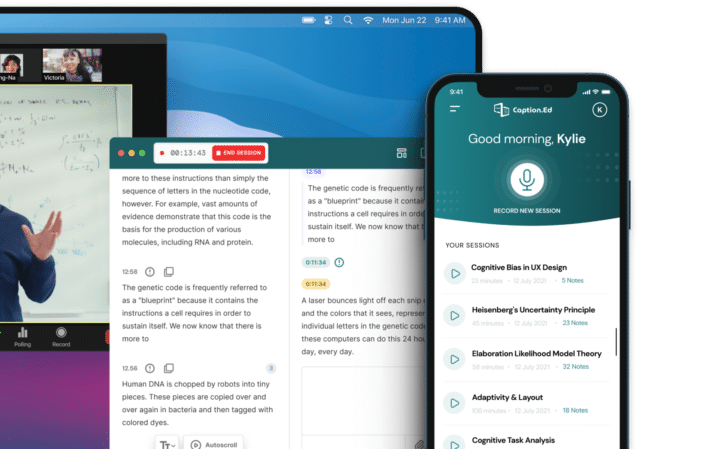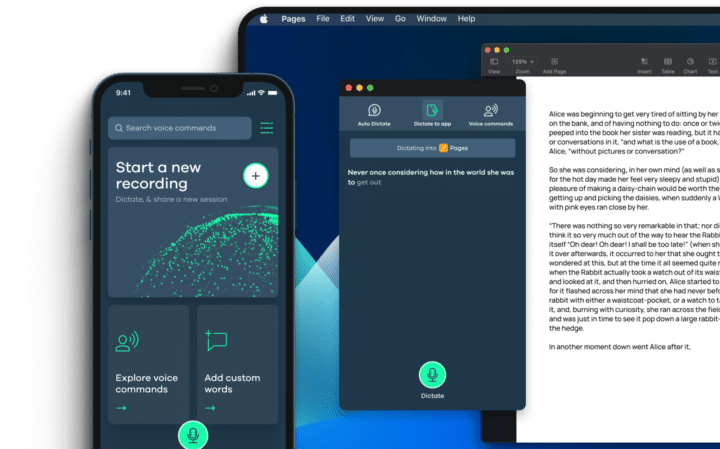To understand more about ADHD paralysis and how to manage it, we’ve outlined some key details in this post.
What Is ADHD Paralysis?
ADHD paralysis is the experience of mental or emotional paralysis that occurs when people with ADHD become overwhelmed with information. ADHD affects executive functioning, which is the area of the brain involved in planning, arranging, and completing tasks. Because of this, people with ADHD find it harder to process information and manage thoughts and feelings. When they’re presented with too many tasks, or decisions, or overwhelmed by information, they experience a freeze response known as ADHD paralysis.
Interestingly, people with ADHD often have a talent for making urgent, in-the-moment decisions. On the other hand, many find it difficult to make long-term decisions and feel overwhelmed when asked to digest large amounts of information. Due to alterations in executive functioning, people with ADHD can find their physical, emotional, and mental faculties freeze up when they’re overwhelmed leaving them stuck doing nothing.
ADHD paralysis comes in different forms. It also impacts different areas of the mind and body. For instance, mental ADHD paralysis can result in cognitive overload. Symptoms may show up as brain fog, fatigue, problems with complex problem-solving, and a lack of focus and concentration. Other types of ADHD paralysis include ADHD task paralysis, ADHD perfectionism paralysis, and ADHD choice paralysis.
Some of the symptoms present with ADHD paralysis include:
- Brain fog
- Procrastination and difficulty starting tasks
- Poor focus
- Self-doubt
- Endless scrolling on phones and desktop
- Inability to concentrate
ADHD Paralysis and Burnout Cycle
Burnout is a genuine risk for many people. We all have busy lives that can become stressful. For people with ADHD, stressful experiences are more common. Hiding, masking, or altering behaviours can become daily habits, especially when faced with stigma. Studies suggest up to three-quarters of people engage in masking, which includes individuals with ADHD. Feeling forced into adjusting themselves to fit in, people with ADHD can use up more energy than others and end up experiencing higher rates of burnout.
For instance, research shows people with ADHD have a 10% higher rate of work absence compared to their peers. And because of the higher amounts of physical, mental, and emotional energy they expend, ADHD burnout is common.
Overstimulated senses can also contribute to the symptoms of burnout. Examples include busy working environments that include too many conversations, loud noises, and bright or flashing lights.
ADHD burnout cycles can start with a determination to work harder and prove oneself while ignoring typical boundaries or compromising usual health caretaking. This then leads to withdrawal before the possibility of mental and physical collapse.
ADHD paralysis is a key symptom seen during the ADHD burnout cycle. As mentioned, symptoms may leave people stuck doing nothing or feeling paralysed by procrastination or a lack of concentration. Other symptoms of ADHD burnout include:
- Exhaustion and poor performance
- Imposter syndrome
- Troubled emotions such as irritability and pessimism
- Appetite and routine changes
- Anxiety and low mood
- Overcommitting to new projects
Types of ADHD Paralysis
ADHD paralysis is a key symptom of ADHD burnout. And it can impact a range of cognitive and emotional functions. This manifests in different types of ADHD paralysis.
ADHD Task Paralysis
ADHD task paralysis is a sense of ‘freezing up’ from feeling overwhelmed with large to-do lists or having too many tasks. The resultant lack of ability to start or follow through may show up as procrastination.
Multitasking in particular can be very distracting for people with ADHD and interrupt or interfere with their ability to concentrate. The thought of so many tasks can promote a freeze or paralysis response that is difficult to overcome. This can lead to an avoidance of tasks or an experience of zoning out, overthinking, or getting lost in thoughts.
Even when individuals feel they’re better able to start a task, they may find it a struggle to maintain focus and sustain their efforts. They may get stuck doing nothing, scrolling social media, or end up abandoning projects or leaving them for others to deal with.
ADHD Decision Paralysis or Choice Paralysis
ADHD decision paralysis–also known as ADHD choice paralysis–relates to the difficulties people with ADHD have in making decisions.
Sometimes referred to as “analysis paralysis”, people with ADHD can overthink or worry about the consequences of making a decision or taking a particular action. And their freeze response can trap them and stop them from taking appropriate action.
ADHD decision paralysis can happen in almost every aspect of life, from struggling to decide on what to eat when checking a menu to bigger decisions around career or study choices. Some people who struggle with ADHD decision paralysis can find they spend a whole day stuck on which option to choose out of fear that they won’t make the right choice.
ADHD Mental Paralysis
The third type of ADHD paralysis refers to problems with cognitive functioning, organising thoughts, or achieving mental clarity and focus. People experiencing ADHD mental paralysis may find their brain shuts down or becomes foggy. This type of paralysis can leave people finding it difficult to move or speak in ways they want to.
ADHD mental paralysis can leave people feeling like they have low or no tolerance for movement, activity, or any form of stimulation. Mental paralysis can manifest in physical and emotional symptoms too such as headaches and depression.
How to Get out of ADHD Paralysis
Experiencing ADHD paralysis can feel like you’ve lost a sense of control. And it can seem to others as if the person is lazy or irresponsible, neither of which is true. Several different tactics and methods can help someone overcome these challenges and break free from the grip of ADHD paralysis.
- Do a brain dump: One way to reduce feelings of overwhelm is to jot all the thoughts in your head down somewhere in a list. Writing them out is a very effective way to help make sense of and organise thoughts.
- Eat the frog: This is a common tactic for tackling the biggest problem or the least preferred task first. This is particularly helpful for people who experience who need to prioritise tasks. By taking the hardest one first they can do half the work in one go. Or, they can choose the one with the highest priority.
- Pomodoro Technique: This is a useful revision strategy to boost focus and concentration. It’s a simple way to organise thoughts and feelings in bursts, usually 25 minutes, before taking a needed break.
- Do things you love: Adding in things you love to do can help you stay motivated. Focusing only on tasks can increase negative feelings and overwhelm whereas adding in some areas of positivity and enjoyment can boost motivation.
Causes of Triggers of ADHD Paralysis
Many things can trigger ADHD paralysis which may explain why it presents in different types and forms.
ADHD Paralysis vs Executive Dysfunction
We already mentioned how ADHD affects the executive function of those who live with it. And this means individuals have a difference in the wiring of their brain areas. This can lead to something called executive dysfunction which can impede someone’s ability to handle complex tasks such as organising, planning, and staying on task. It can also affect emotional regulation leading to feelings of frustration and overwhelm.
Difficulties with executive functioning can lead to the following outcomes:
- Lack of ability to make plans for future events
- Difficulties when organising and planning schedules
- Problems with analysing and processing information
- Finding it hard to meet long-term goals
Emotional Dysregulation
Having ADHD often means feeling emotions on an intense level. Known as emotional dysregulation, this can be where the overly emotional reactions may not be an accurate reflection of the situation at hand. Anger, hurt, and tearful emotions can all lead to emotional moments that can sometimes reflect a temper tantrum.
Overstimulation
Busy or crowded office environments, excessive noise, and too many people talking can all lead to a feeling of overstimulation. The brain can become overwhelmed by processing too much information. When someone with ADHD experiences too much sensory and information-processing input, it can lead to ADHD paralysis.
Perfectionism and Fear of Failure
Many people with ADHD display traits of perfectionism. This can manifest in situations where they take on too many tasks, push themselves too far outside of their capabilities, or focus too much on the result over the process of getting to the result.
This can stem from a feeling of not being good enough, comparing oneself to others, or conditions including Rejection Sensitivity Dysphoria (RSD).



